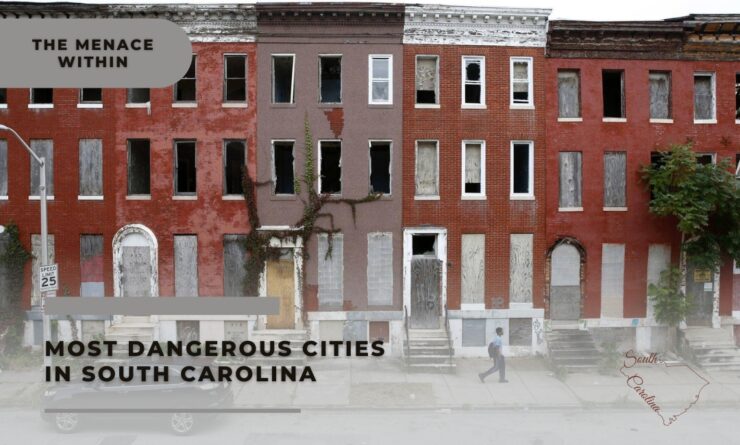In a recent exploration of South Carolina‘s urban landscape, an analysis delved into identifying the most dangerous cities in the state. This examination aimed to shed light on areas grappling with elevated crime rates and safety concerns. While embarking on this journey through the state’s safety landscape, it’s essential to approach the findings with a nuanced perspective.

Photo from Google
Unveiling South Carolina: Navigating Crime Rates, Community Awareness, and Effective Solutions
The study pinpointed certain cities within the scope of exploring South Carolina, revealing higher crime rates and emphasizing the need for community awareness and targeted intervention strategies. Understanding the nuances of crime statistics becomes crucial, as they reflect various factors such as socioeconomic conditions, law enforcement resources, and community dynamics.
As we explore South Carolina’s safety challenges, it’s equally important to consider the underlying causes of crime to implement effective and sustainable solutions.
This exploration provides insights into safety challenges faced by communities in South Carolina, prompting discussions on how to enhance security measures and support local law enforcement efforts. By fostering open dialogues and collaboration between residents, authorities, and community organizations, there is an opportunity to develop comprehensive approaches that address the root causes of crime and promote community well-being during our exploration of South Carolina.
READ ALSO: Diving Into Idaho’s Dangerous Cities: Discover The Darker Side Of 14 Cities
Empowering Communities: Navigating Safety and Well-being in South Carolina’s Exploration Journey
It’s important for residents to stay informed about safety issues during our exploration of South Carolina, fostering a sense of collective responsibility for creating secure environments. While the term “most dangerous cities” may be used in our exploration of South Carolina, it’s crucial to recognize that these designations are based on specific criteria and do not define the overall character or potential for improvement within these communities.
In conclusion, the analysis of the most dangerous cities in South Carolina serves as a valuable resource for understanding safety challenges in the state. It prompts essential conversations about community well-being, crime prevention, and collaboration between residents and authorities, all within the context of exploring South Carolina. As communities work together to address underlying issues, there is an opportunity to build safer and more resilient environments for all during our exploration of South Carolina.
READ ALSO: Discover Connecticut’s Wildlife Wonders: 5 Nature Havens For Animal Enthusiasts




![Tyson Foods Plant [Photo: Food Manufacturing]](https://southarkansassun.com/wp-content/uploads/2023/08/iStock_1185520857__1_.5e441daa51cca-600x337.jpg)







![Silverado Senior Living Management Inc. [Photo: Los Angeles Times]](https://southarkansassun.com/wp-content/uploads/2023/10/download-6-4-600x337.jpg)

![China's Wuhan Institute of Virology [Photo: Nature]](https://southarkansassun.com/wp-content/uploads/2023/09/d41586-021-01529-3_19239608-600x337.jpg)
















